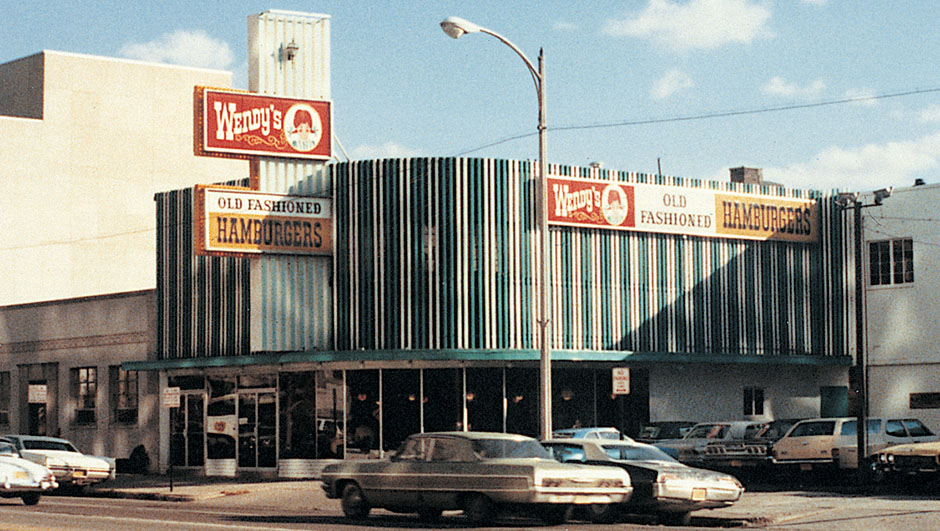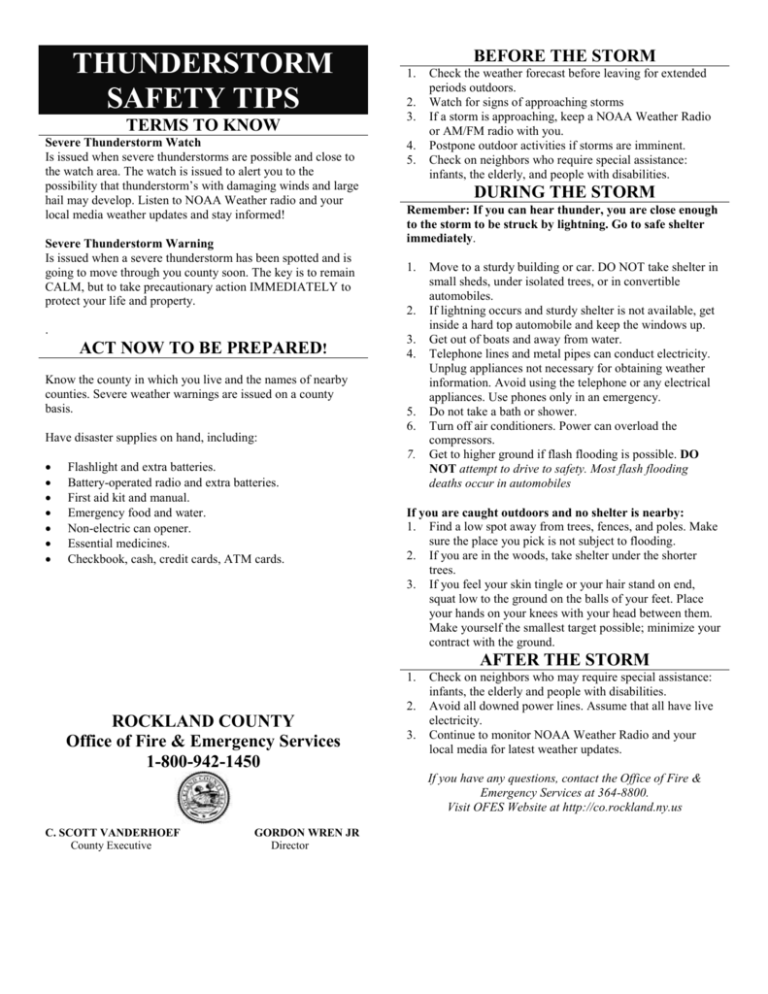Wendy’s, a fast-food giant known for its fresh, never frozen beef and signature square patties, has become a staple in the American dining landscape. Founded by Dave Thomas in 1969, the brand has not only gained immense popularity but has also created a legacy that resonates with many. This article explores the history of Wendy’s, its growth, challenges, and cultural impact, providing insights into how a single restaurant evolved into a global franchise.
The Beginnings: A Humble Start
Wendy’s was founded on November 15, 1969, in Columbus, Ohio. Dave Thomas, a man who had a passion for food and a vision for fast service, named the restaurant after his daughter, Melinda Lou “Wendy” Thomas. The original concept was simple: to serve high-quality, fresh food in a fast-food setting. This was a stark contrast to the frozen patties commonly used by competitors at the time.
- Fresh Ingredients: Wendy’s commitment to fresh ingredients began with their signature square hamburgers, which allowed for more toppings and a better meat-to-bun ratio.
- Customer-Centric Service: Dave believed in exceptional customer service, training employees to prioritize customer satisfaction.
- Innovative Menu Items: The introduction of the Frosty, a unique blend of chocolate and vanilla, became an instant hit, further distinguishing Wendy’s from its competitors.
Expansion and Franchise Growth

By the late 1970s, Wendy’s began to expand rapidly. The first franchise opened in 1970, and by 1976, there were over 100 Wendy’s locations across the United States. This growth was bolstered by several strategic decisions:
- Franchise Model: Wendy’s adopted a franchise model that allowed for quicker expansion without the direct financial burden of opening new locations.
- Marketing Strategy: Memorable advertising campaigns, including the iconic “Where’s the Beef?” slogan, helped to create brand recognition and customer loyalty.
- Menu Diversification: Wendy’s continually expanded its menu, introducing salads, chicken sandwiches, and breakfast items, catering to a broader audience.
According to the National Restaurant Association, Wendy’s was among the top ten fast-food chains in the United States by the early 1980s, a testament to its successful business model and brand appeal.
Challenges and Resilience

Despite its successes, Wendy’s has faced numerous challenges over the years, which tested its resilience and adaptability. Some of the notable challenges include:
- Quality Control Issues: In the late 1990s, Wendy’s faced a significant scandal when a woman falsely claimed to have found a severed finger in her chili. This led to a decline in sales and a need for immediate public relations efforts.
- Competition: The fast-food industry is notoriously competitive, with giants like McDonald’s and Burger King constantly innovating and changing their strategies.
- Health Trends: As consumer preferences shifted towards healthier options, Wendy’s had to adapt its menu to meet these new demands.
Innovations and Menu Evolution

In response to changing consumer preferences and health trends, Wendy’s has continuously evolved its menu. Key innovations include:
- Fresh, Never Frozen Beef: Wendy’s marketing campaign emphasized its commitment to using fresh beef, setting it apart from competitors who used frozen patties.
- Salad and Health Options: In the early 2000s, the introduction of salads and healthier menu items catered to health-conscious consumers, helping to revitalize the brand.
- Digital Innovation: Wendy’s has embraced technology, launching mobile apps and digital ordering to enhance customer convenience and engagement.
Wendy’s also made headlines in 2017 with its humorous and engaging social media presence, particularly on Twitter, where it became known for its witty comebacks and interactions with customers and competitors alike.
Sustainability and Corporate Responsibility

As the world became increasingly aware of environmental issues, Wendy’s took steps to enhance its sustainability efforts. Initiatives include:
- Responsible Sourcing: Wendy’s has committed to sourcing ingredients from suppliers that adhere to ethical and sustainable practices.
- Waste Reduction: The company has implemented strategies to reduce food waste in its restaurants, as well as initiatives to minimize packaging waste.
- Community Engagement: Wendy’s is involved in various charitable activities, including the Dave Thomas Foundation for Adoption, which aims to find permanent homes for children in foster care.
The Impact of Wendy’s Culture
The culture surrounding Wendy’s is deeply rooted in its founder’s values. Dave Thomas was not just a businessman; he was a philanthropist and a family man. His legacy continues to influence the company today:
- Family Values: Wendy’s promotes a family-oriented culture, emphasizing the importance of community and employee welfare.
- Employee Development: The company invests in training and development, ensuring that employees have opportunities for growth within the organization.
- Customer Engagement: The focus on customer satisfaction is a hallmark of Wendy’s culture, with ongoing efforts to listen to feedback and improve service.
Conclusion: A Legacy Close to Home
Wendy’s journey from a single restaurant in Ohio to a global fast-food powerhouse is a testament to the power of innovation, resilience, and commitment to quality. The brand’s ability to adapt to changing consumer preferences, embrace technology, and engage with communities has solidified its place in the fast-food industry.
As we reflect on Wendy’s history, several key takeaways emerge:
- The importance of fresh, quality ingredients in establishing a unique brand identity.
- The effectiveness of a strong marketing strategy in building brand recognition and customer loyalty.
- The necessity of adaptability in overcoming challenges and meeting evolving consumer demands.
- The impact of corporate responsibility and sustainability initiatives on brand reputation and consumer trust.
As Wendy’s continues to evolve, it remains a legacy close to home, reminding us of the values of quality, innovation, and community that Dave Thomas championed. The story of Wendy’s is not just about fast food; it’s about the impact a single restaurant can have on its customers, employees, and the broader community.




